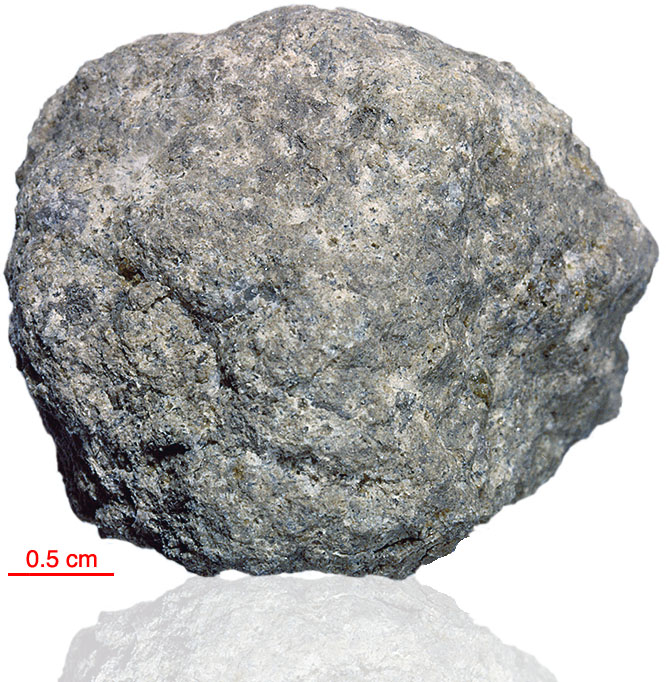
Fact sheet
72549 and its companion 72548 are rake samples that appear to have similar modes, mineral compositions and textures. They are clastic in nature but have been partially melted and recrystallized. The crystalline matrix appears different from most impact melt rocks and constitutes 80% of each sample. Mineral clasts dominate over lithic clasts. Rotation 1 shows a considerably shocked plagioclase clast. Rotation 2 shows more plagioclase feldspar clasts, one of which has been polygonised.
The sample weighed 21 grams before analysis and has not been dated.
Further details of this and other Apollo samples are here: http://curator.jsc.nasa.gov/lunar/
Apollo 17, the final manned landing mission, had two objectives: to obtain samples of ancient rocks from the lunar highlands and to look for evidence of younger volcanic activity on the valley floor.
This small Collection contains material deriving from both periods, including igneous rocks around 4.3 billion years old from the lunar highlands as well as younger volcanic samples dating from about 3.6 billion years ago.
Apollo 17 was launched on 7 December 1972.






